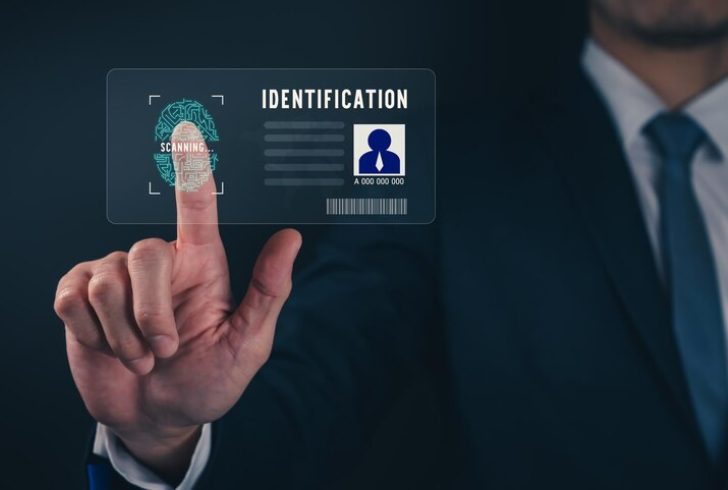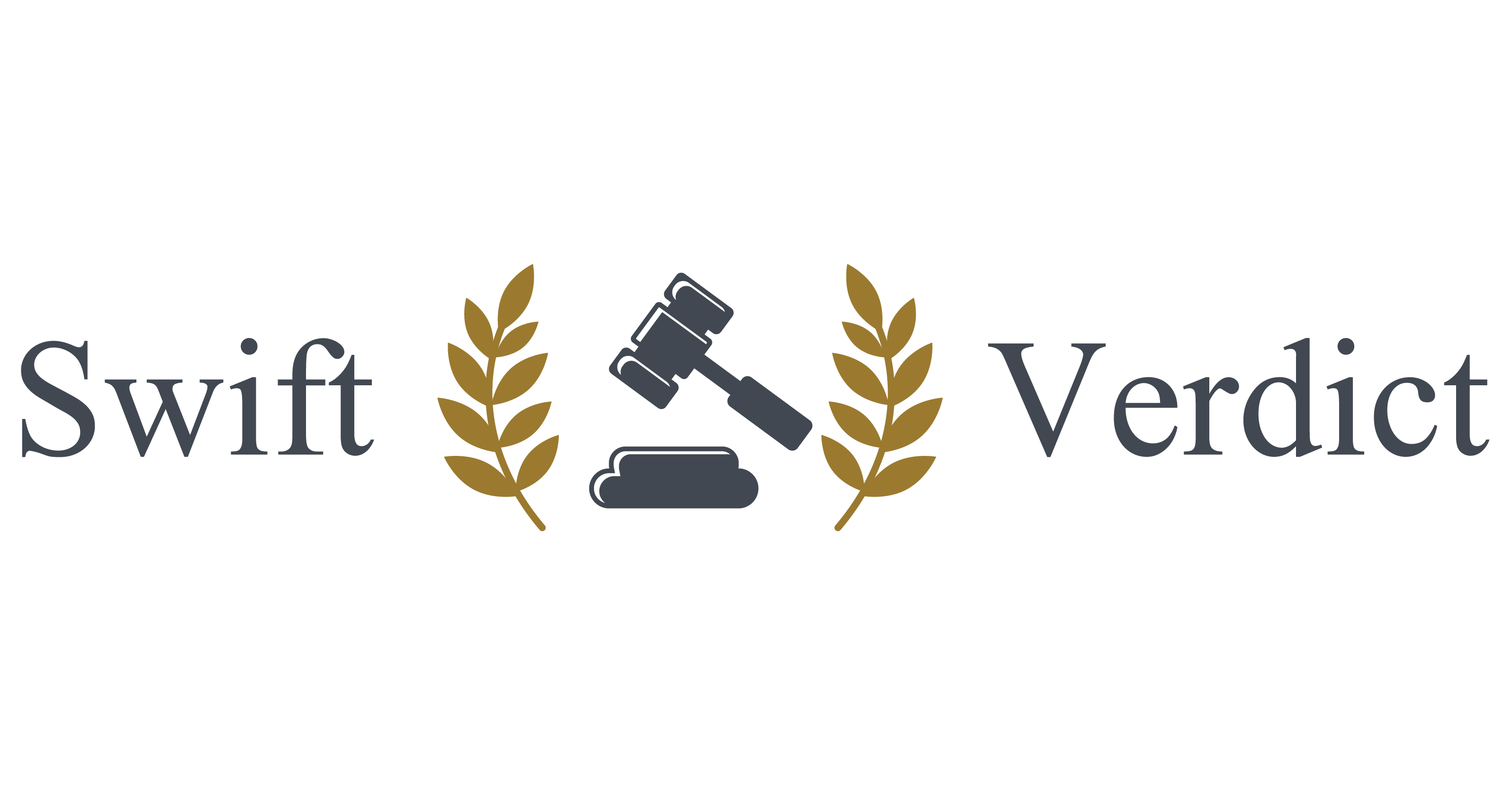In the face of increasing digital threats, government agencies must prioritize identity verification to protect sensitive information and prevent fraud. As cybercriminals continue to evolve their tactics, a robust identity verification strategy becomes essential for safeguarding both citizen data and government resources.
Government agencies need a multi-layered approach to identify fraudulent activity at multiple levels, ensuring that digital platforms remain secure.
Role of Identity Verification in Government Security

With digital platforms becoming the primary point of contact for most citizens, government agencies are prime targets for cybercrime. Fraudsters are continuously finding new ways to exploit vulnerabilities, often resulting in severe consequences. That’s why a strong identity verification system is vital—it’s not just about confirming a user’s identity, but about ensuring the integrity of interactions and protecting valuable data from exploitation.
Identity verification goes beyond a simple username and password. It involves confirming multiple factors to ensure that each interaction is legitimate. A comprehensive system based on the following five critical elements—Knowledge, Possession, Inherence, Location, and Behavior—offers a reliable and robust defense against evolving cyber threats.
The Five Key Factors in Identity Verification
1. Knowledge
This involves verifying personal identifying information (PII), such as a social security number (SSN), to confirm that a person is who they claim to be. By comparing a person’s data against public records and cross-referencing documents, agencies can spot inconsistencies and prevent fraudulent claims. This is an essential first step in confirming identity.
2. Possession
Effective identity verification requires the establishment of multifactor authentication (MFA) for accessing secure platforms. This means ensuring that users are not only required to input a password but also prove their identity through an additional factor, such as a one-time passcode sent to their device. Recognizing fraudulent devices and verifying the authenticity of submitted identity documents are also crucial steps in this phase.
3. Inherence
Biometrics plays a significant role here, where personal traits like fingerprints, facial recognition, and iris scans are used to confirm identity. By verifying physical characteristics, agencies can establish that the person accessing sensitive information is the legitimate individual.
4. Location
Verifying a user’s location helps to ensure that their access request is legitimate. By using geolocation tools, agencies can confirm that individuals are attempting to access systems from trusted regions. Suspicious logins from unfamiliar locations can trigger additional security checks.
5. Behavior
Analyzing behavioral patterns is becoming a key component of modern identity verification systems. By monitoring how individuals interact with systems—such as their typing speed or navigation habits—agencies can detect anomalies and flag potential fraudulent activity. This proactive step helps in preventing identity theft and fraud before it occurs.
Why Identity Verification Matters in Government Operations

With data breaches and identity theft on the rise, government agencies need to ensure that only authorized individuals can access sensitive platforms. Identity verification is not just a protective measure—it’s a critical component in maintaining trust and confidence in government services.
Through a layered approach that includes multiple factors, agencies can identify and prevent fraud with a high degree of accuracy. This comprehensive strategy reduces the likelihood of unauthorized access and strengthens the overall security infrastructure.
Ultimately, successful identity verification ensures that public resources are protected, and citizens can interact with government services confidently, knowing that their personal information is safe.
Enhancing Security Through Comprehensive Identity Verification
The implementation of a comprehensive identity verification system is no longer a luxury; it is a necessity. By considering all five factors government agencies can significantly improve their security posture. With each of these factors working together to create a multi-faceted defense system, fraudulent activities can be detected and blocked before they escalate.
This approach provides not only better protection but also peace of mind for both agencies and citizens. As technology continues to advance and fraud becomes more sophisticated, the importance of robust identity verification grows. Government agencies must stay ahead of these threats by investing in solutions that combine the latest in security technology with a deep understanding of how to verify and protect identities in the digital world.
Through strategic and thoughtful application of identity verification tools, government platforms can remain secure, trustworthy, and resilient in the face of evolving cyber threats.




